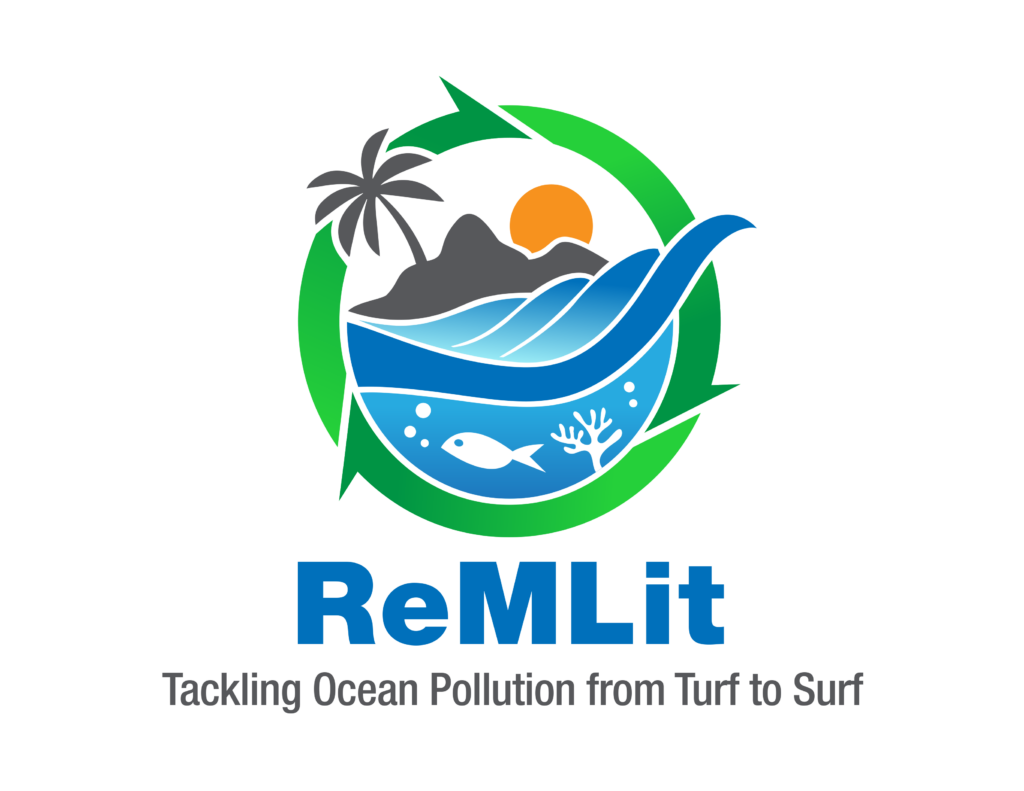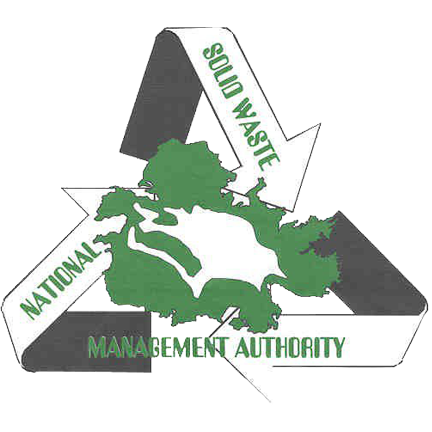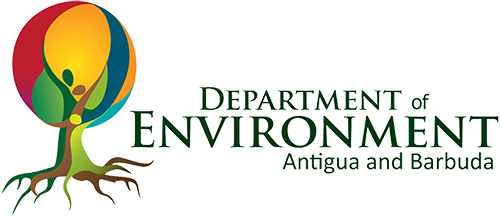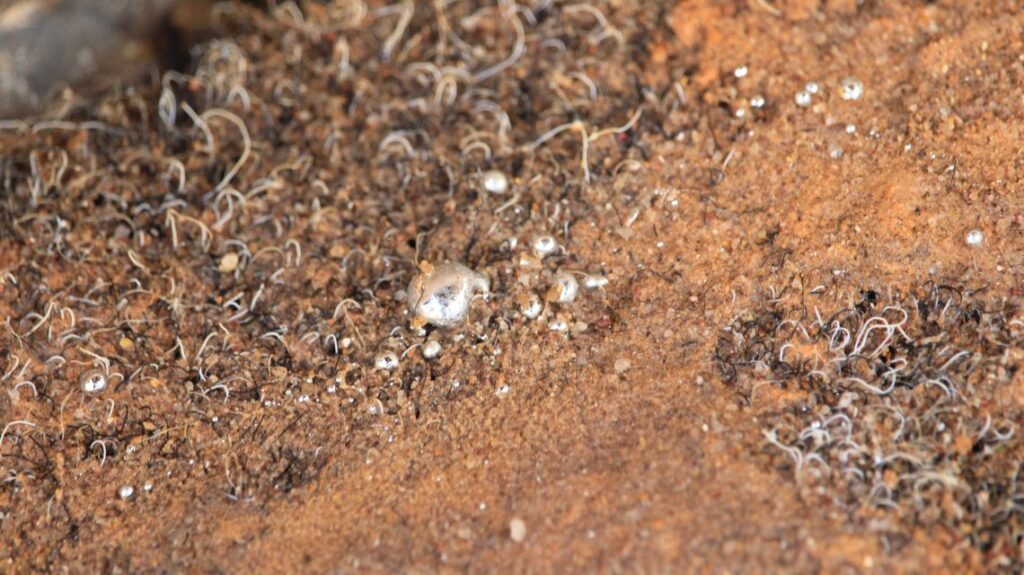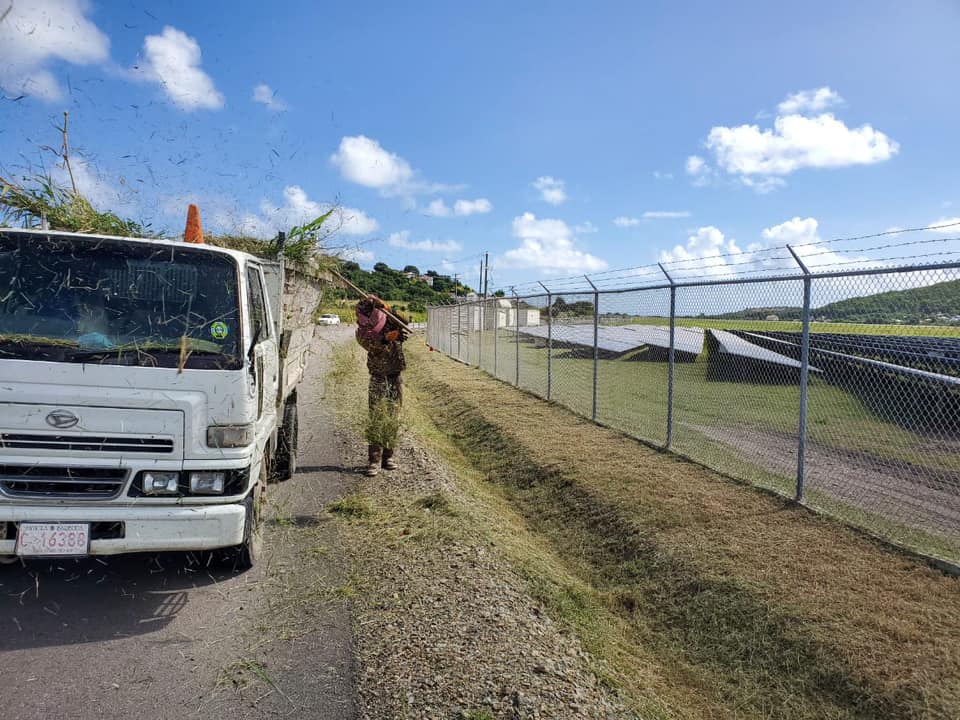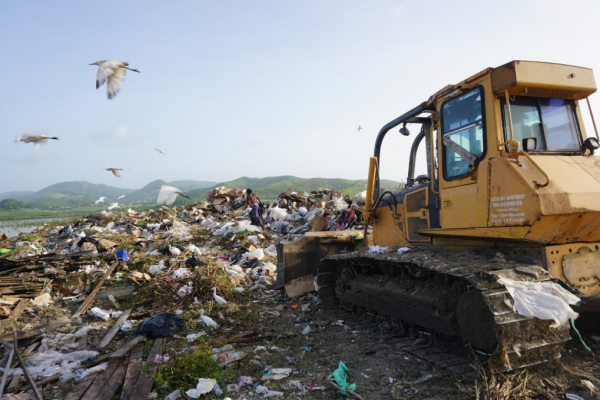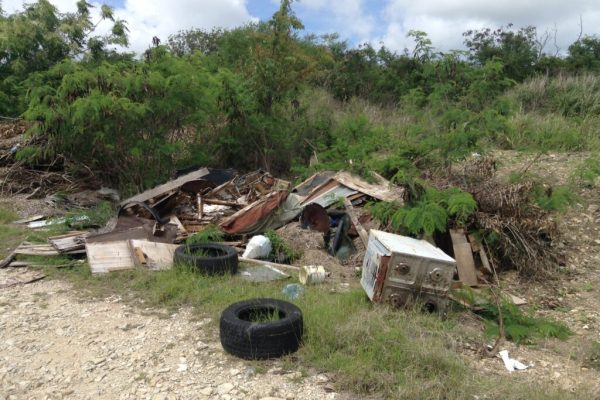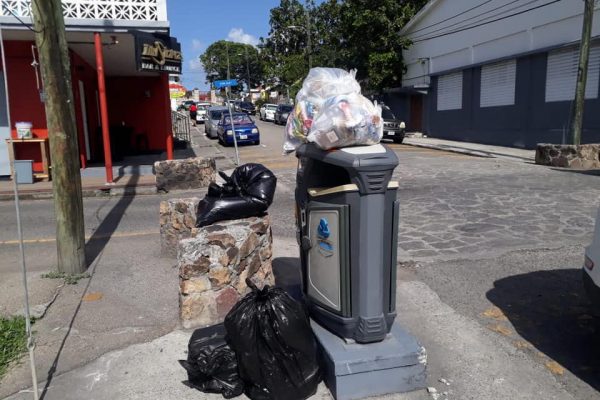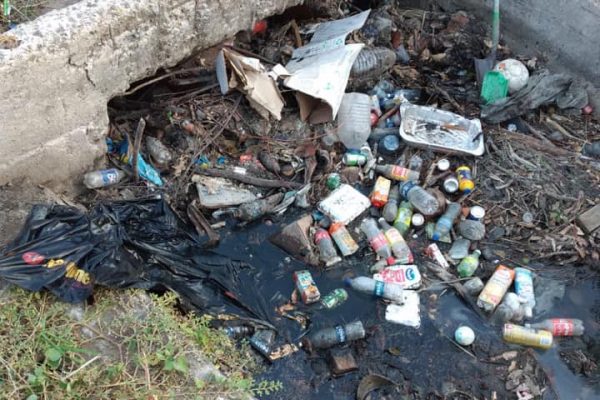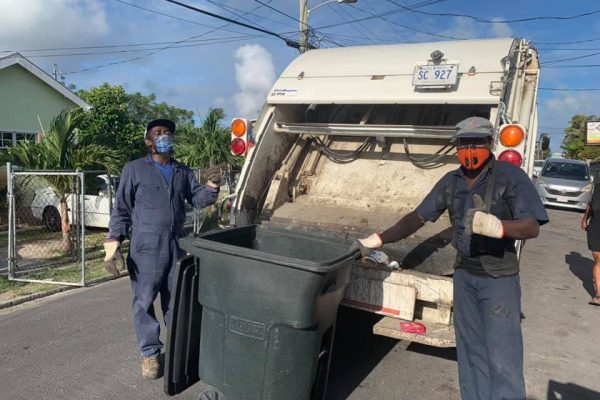SOUND LAND BASED WASTE MANAGEMENT TECHNOLOGIES
Leading Towards a Pollution Free Marine Environment in Antigua and Barbuda
The Project
Sound Land Based Waste Management Technologies
Leading towards a Pollution Free Marine Environment in Antigua and Barbuda, is a three-year (2019 to 2022) project to implement a Community Based Waste Management System Leading towards the reduction of marine debris (including Plastic). The Project is being implemented by the National Solid Waste Management Authority (NSWMA) and the Department of Environment (DOE) with funding support by OECS Commission under the Building Resilience in the Eastern Caribbean through Reduction in Marine Litter (ReMLit) Project. The ReMLit Project is funded by the Government of Norway through the Norwegian Ministry of Foreign Affairs.
Why the Project?
At 170 sq. miles, Antigua and Barbuda is a Small Island Developing State (SIDS) with extremely limited land space. The country is dependent on imports of finished products, generally in generous packaging which generates large volumes of waste. There is therefore a high demand on the landfill capacity. In 2016, Antigua’s lone Sanitary Landfill at Cooks Estate exceeded its designed capacity. With approximately 3.5 kilograms of waste per person generated daily, there is an urgent need for waste diversion, reduction, reuse and recycling for environmentally sound waste management systems. The National Solid Waste Management Authority has limited waste recovery and recycling programmes, therefore high volumes of waste enter the landfill, increasing the risk of landfill fires, generation of persistent organic pollutants (POPs), unintentionally persistent organic pollutants (UPOPs), and leachate entering the marine environment. These activities compromise the ecosystem’s resilience, public health and livelihoods. Consequently, there is great concern that areas around the landfill may be contaminated. The Cooks Disposal site is the only legally operated waste disposal facility in Antigua, comprising of the sanitary landfill and the old disposal site. The sanitary landfill, which became operational in 2006 comprises environmental control systems such as leachate ponds, whereas the old disposal site, which has been in existence for in excess of 40 years, does not have any environmental control systems in place. The landfill also accepts sewage. However, there are no treatment systems in place with respect to its management. There is widespread illegal dumping of waste, also occurring in ecologically sensitive areas. The Fitches Creek Community is one such area. Located on Antigua’s East Coast, it lies adjacent to mangroves, sea-grass beds and other critical marine sensitive areas. Sections of the community are low-lying and form the natural outfall to the sea, for storm water runoff, from all areas east of the city of St John’s. The utilization of waste as a resource to include recycling and processing of organics within a bio-digester, will greatly reduce the possibilities of contaminants and other pollutants, the volume of leachate and contaminants which currently flow into the surrounding terrestrial and marine environment.
Other Projects and Links
Other Activities
Litter Reporting
Make a complaint or report an incident of illegal dumping and/or littering
